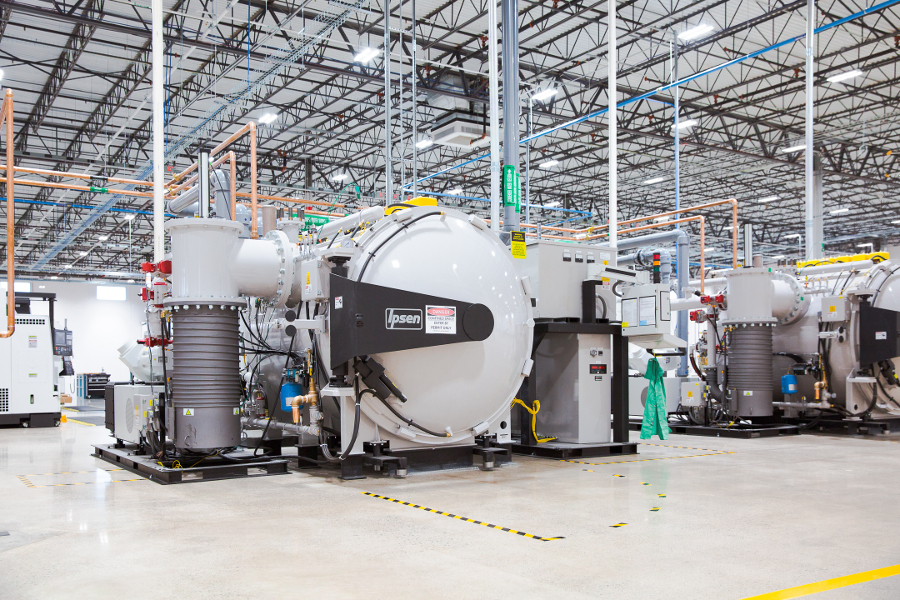3D Printed Ag Machine Parts - What Effect Are They Going To Have?
by Black Ink Team

3D printers are increasing in popularity, due to their versatility and their knack for making production more “lean.” Before we dive into what that means for the farming equipment industry, allow us to briefly explain what the differences between 3D printing (or “additive manufacturing”) and traditional manufacturing methods are:
When parts are made or “milled” using a CNC machine, they get carved out of a solid chunk of material. Contrary to this, additive manufacturing creates parts from scratch “layer by layer,” so the only time material gets removed is when it occasionally gets used as “scaffolding” to hold the part together until completion. When parts are made or “cast” using molds, they get formed by cooling liquid metal. Similarly, some 3D printers work by dispensing liquid metal, but molds add cost by taking up storage space and breaking.
As 3D printers become more commonplace, farming equipment manufacturers will benefit greatly if they implement them right at the beginning of a product cycle, since creating prototypes is much faster and less expensive when using additive manufacturing. In traditional manufacturing, you must first make changes to your assembly line if you want to “tweak” your design, whereas in 3D printing you do not have to change a thing. Utilizing 3D printers during their design process will enable ag machine manufacturers to test more iterations more quickly.
After their new model is finished being designed and is ready to be put on the market, ag machine manufacturers will still be able to benefit from 3D printing, since they will be able to use it to offer their end customers modified versions of the model. Rather than having to extend their product line to meet the varying requirements of their customers, which would drastically increase their manufacturing costs, they will instead be able to satisfy all of the needs of their customers by selling one customizable product. Adding 3D printers to their supply chain will remove the costly need of having to reconfigure their factories (or add new factories) every time they wish to create a custom part.

For a service center to do their job efficiently, it is important that they know of any modifications that were done to a machine. 3D printed ag machine parts will somewhat complicate matters for them, by increasing the diversity of design iterations, but having the specific changes made to specific machines logged in a CRM will undoubtedly remove confusion. CRM databases will also help farming equipment manufacturers, after they start utilizing 3D printing, by enabling them to analyze which new iterations of their products become popular and which ones do not.
3D printed ag machine parts will reduce the costs that manufacturers incur during the design process, while also enabling them to produce test models faster. Furthermore, farming equipment manufacturers will be able to meet customer demand on a more granular level, with less of a need to extend their product line, by slightly augmenting the design of existing models and printing them using additive manufacturing. When custom, 3D-printed farming machines eventually need to be serviced, their lists of parts will be tough to keep track of, since there will be several if not dozens of iterations for any given model. Thankfully, CRM exists and can make handling that scenario a breeze.
